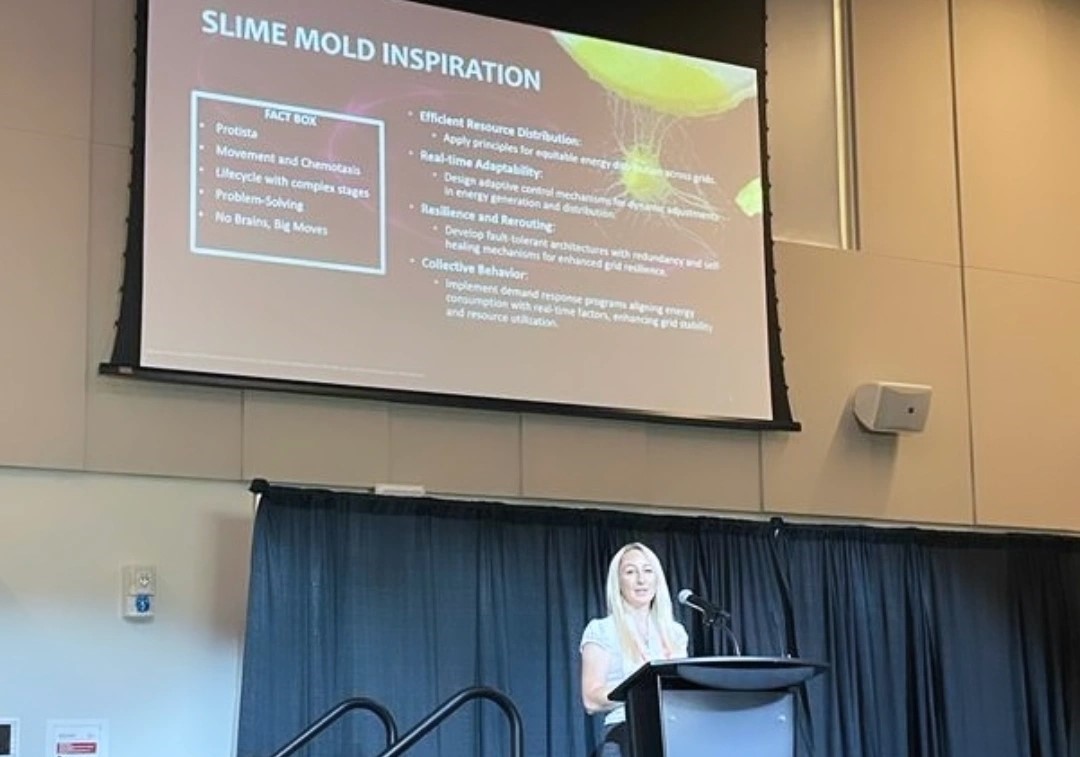Publikation
-
In the rapidly evolving field of energy management, innovative solutions…
-
Non-intrusive Load Monitoring (NILM) has become a paramount in both…
-
Electrical consumption data contain a wealth of information, and their…
-
This question is examined annually by Prof. Nina Hampl and…
-
The global epidemic of the COVID-19 virus required severe restrictions…
-
With the development and introduction of smart metering, the energy…
-
Im MONERGY-Projekt wurden ICT Lösungen zur Energieeinsparung in Haushalten erarbeitet.…
-
Am 23.10 nutze der Energieclusters “Energiemanagement und Technik” eine Zusammenkunft…
-
It is not necessary to stress all the challenges that…
-
The success of the Smart Grid depends on its ability…


